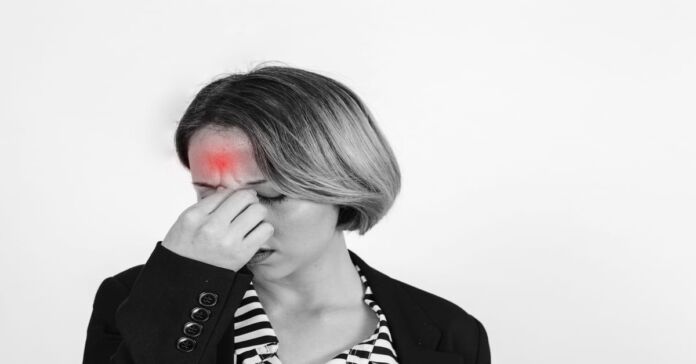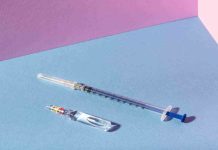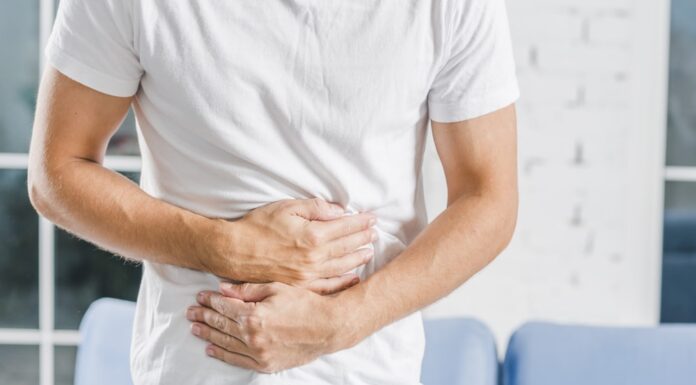Headaches After Covid
Headaches After Covid are characterized by head pain and a high fever. It can happen at any time, leading to breathing difficulties later on. The person spends time in the hospital and receives appropriate care. Patients between 18 and 49 have more frequent Covid headache that recurs. However, further research is required to support the argument about what a covid headache feels like.
With a prevalence of 13 per cent to 74.6 per cent in people infected with SARS-CoV-2, headache is a typical symptom. Previous research has also found that headache occurs early in the illness and is linked to a loss of smell and taste.
This virus is acting uniquely compared to other viruses in the past. Anosmia, or a loss of sense of smell, is one of the first symptoms people experience before developing a cough. They can experience severe headaches at that time. Often the cough does not appear for a couple of days. The virus may have crossed and invaded the brain’s cribriform plate (close to the nasal cavity), causing viral meningitis and anosmia.
Covid headache types
COVID-19 may also be shown by the sort of headache you’re having. The severity of Covid headache ranges from mild (a dull headache) to extreme (a severe headache), which may be linked to the infection’s severity. Migraine-like symptoms, such as throbbing or pulsing sensations and aggravation with head/neck movements, may occur in people with extreme headaches.
A headache is usually defined as an intense pressure pain that affects the entire head. It’s not the same as a migraine, characterized by unilateral throbbing, sensitivity to light or sound, and nausea. This is more like a pressure presentation for the entire brain.
COVID headaches are bilateral and trigger a pressing or pulsing sensation in the brain. The pain worsens as the individual bends or shifts with a shake. It originates in the brain and is more robust in the front, closer to the forehead. Migraine differs from this headache because it is brought on by light and sound.
Patients are seen both when they are ill and in follow-up, often months after, after they have recovered from COVID-19 but are still suffering from a post-Covid headache. COVID-19 causes severe headaches in some patients that last just a few days; in others, it can last for months.
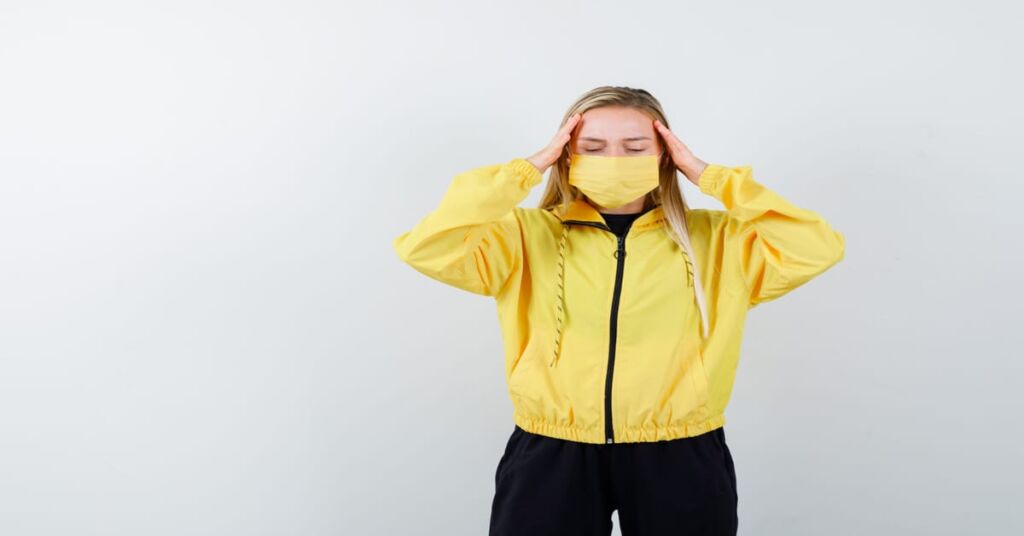
Covid headache causes
In COVID-19, the cause of a headache may be due to the extreme acute respiratory syndrome coronavirus 2 (SARS-CoV-2) binding to ACE2 on trigeminal nerve endings in the nasal cavity, causing trigeminovascular activation and systemic inflammation (increased cytokines).
This is most certainly the reason for the loss of taste and smell. The viral load inside the nasal cavity, active infection at this site near the cranial nerves, and the differential immune response that occurs can all play a role in whether or not these symptoms develop.
How you differ Covid headache from Migraine
A COVID-19 headache has been characterized as mild to extreme in people who suffer from migraine attacks. Unlike headaches caused by migraines, however, it is not accompanied by other migraine symptoms such as sensitivity to light and sound.
A COVID-19 headache, like other viral illnesses, may be accompanied by a fever. Fever is rare in migraine sufferers and sufferers of other headache types, such as tension or cluster headaches.
Take your temperature and assess any new symptoms if you develop a headache and are worried about COVID-19. You should get screened for the virus if you have a fever or other COVID-19 symptoms.
Covid headache treatment
If you’re suffering from a headache caused by COVID-19 or another underlying cause, there are several things you can do at home to help relieve the pain, for example.
- OTC Drugs: Pain killers and fever reducers such as acetaminophen, aspirin, and ibuprofen are over-the-counter drugs.
- Cool Compress: Applying a cold compress to your forehead will help relieve headaches. If you have a fever, it can also help you stay calm.
- Consider getting a relaxing massage. During a headache, gently massaging your forehead or temples can help relieve symptoms.
- Rest for a while. If your headache is severe, consider lying down and shutting your eyes for a few minutes.
In conclusion, after the signs of fever, cough, and loss of taste/smell, headache is a typical symptom of COVID-19. There is a connection between having other neurological symptoms and experiencing a headache. According to some research, headache is linked to a slightly shorter disease course and lower levels of specific cytokines. On the other hand, some patients who record headaches at the beginning of their infection may experience recurring headaches several weeks later. At this point, further research is required to conclusively confirm any of these correlations and investigate the mechanisms behind them.
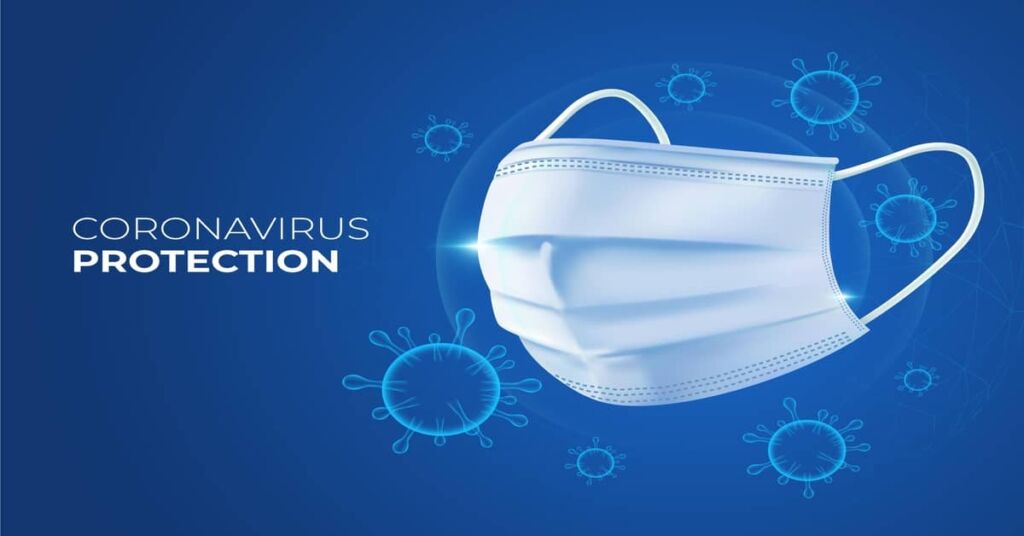
Symptoms of COVID-19
The loss of taste and scent are the main symptoms of COVID-19, which differentiate it from other respiratory illnesses such as influenza (flu) and the common cold. Aside from that, the symptoms of flu and COVID-19 are very similar, such as fever/chills, aches, nausea, sore throat, stuffy/runny nose, and headache.
COVID-19 patients with headaches have a prevalence of 10-30% in those hospitalized with COVID-19 and about 6-10% in all symptomatic patients. While a headache by itself is unlikely to be caused by COVID-19, a headache accompanied by a fever or cough, as well as a loss of taste or smell, maybe a sign of infection.
Take-Home:
A headache is a possible COVID-19 symptom. However, existing evidence shows it appears less frequent than other COVID-19 symptoms, such as fever, cough, exhaustion, and shortness of breath. Covid headache has been identified in both the early and late stages of illness and has been linked to fever in some cases.
A pulsing headache of moderate to severe severity, affecting both sides of the head, has been identified. Isolate yourself at home and call your doctor if you experience a headache and think you have COVID-19. Covid headache symptoms can be relieved with over-the-counter remedies, rest, and cool compresses. As you heal, keep an eye on your symptoms.
Always be to maintain a safe lifestyle. Check to see if you’re having enough sleep and sticking to a sleep schedule. With the absence of many daily life events, retaining a semblance of a regular schedule is essential. At home, you wake up at the same time every day, getting ready, eating meals, exercising, and sleeping at the exact times every night. It would help if you did not experience a loss of routine or schedule due to the COVID-19 adjustments.
We Are Expecting Your Comment & Share
Pharmacist. Nahid Chowdhury
- B. Pharm (Bachelor in Pharmacy)
- 6 Years Experience in Industrial Pharmacy
Follow Fashion Food Health
- Facebook Group Link: https://www.facebook.com/groups/fashionfoodhealth
- Facebook Page Link: https://www.facebook.com/fashionfoodhealth
- Instagram Link: https://www.instagram.com/fashionfoodhealth
- Twitter Link: https://twitter.com/FashionFoodHeal
- Linkedin Link: https://www.linkedin.com/company/fashionfood-health


